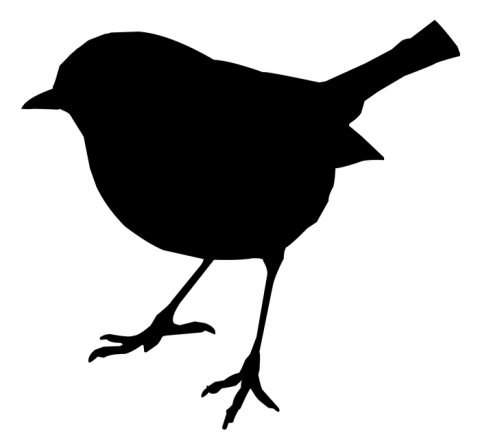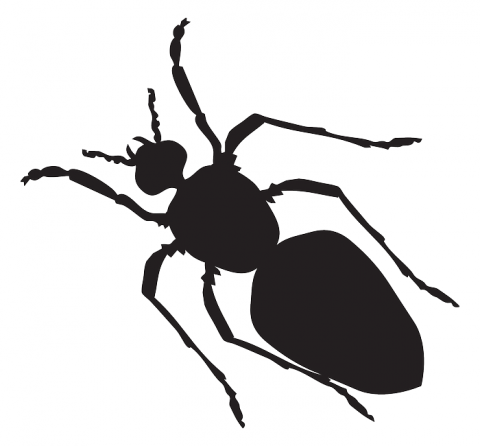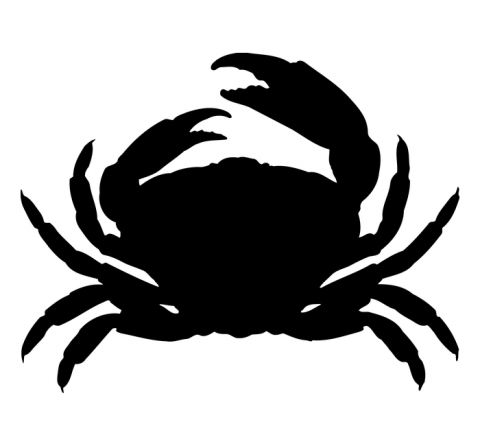Pairs of legs
How many legs do each of these creatures have? How many pairs is that?
Problem
How many legs does each of these three creatures have?
How many pairs is that?
How do you know?
Image

| Image

| Image

|
| Cat | Spider | Bird |
What about these three creatures?
Image

| Image

| Image

|
| Snake | Ant | Crab |
You can download a set of animal cards at the top of this page. Can you match the animal to the number of pairs of legs it has?
Did you know that legs on living creatures always come in pairs?
Getting Started
How many legs make a pair of legs?
Student Solutions
Paul sent in a solution for this problem:

Seonaid and Brid from St Andrew's explained how they knew how many pairs of legs each creature has:
We worked out how many pairs of legs these creatures had by dividing the number of legs by two because there are two legs in a pair.
Another solution is as follows:-
How many legs does each of these three creatures have?
Cat 2, Spider 8, Bird 2,
How many pairs is that?
Cat 1, Spider 8, Bird 1,
How many legs does each of these have?
Snake 0, Insect 6, Crab 8
How many pairs is that?
Snake 0, Insect 3, Crab 4
Teachers' Resources
Why do this problem?
This problem relates counting in twos with the natural phenomenon that legs on creatures always come in pairs. It might be best done with a small group of children.
Possible approach
You will need a set of the six animal cards. Alternatively, you could use the set of eight animal cards which also includes a centipede and a millipede along with name cards.
Can they think of anything else that comes in pairs as well as legs?
Key questions
Possible extension
Learners could look up other animals and creatures and their numbers of pairs of legs. You could go on to an activity such as Noah, which asks children to suggest animals that have a particular number of legs in total. Alternatively, they could try Number Tracks.
Possible support
Some children may need more practical experience of pairing before having a go at this activity, for example using socks or gloves or shoes.
